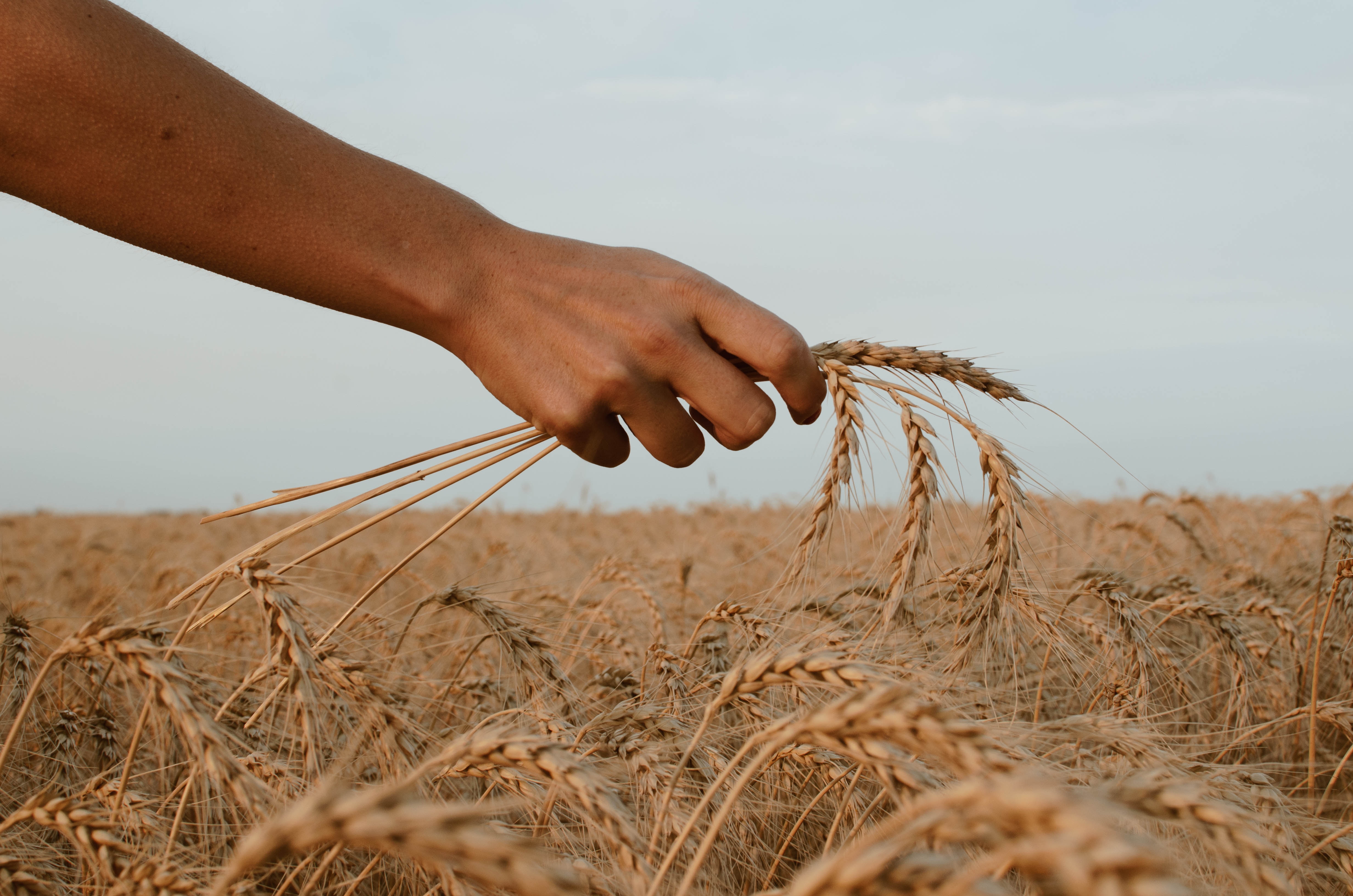News release
From:
Agriculture: Global redistribution of nitrogen fertiliser use to protect cereal production
Total global use of nitrogen fertilizer can be reduced by 32 percent while still maintaining current levels of cereal crop production by more evenly distributing its use, reports a study published in Communications Earth & Environment. The study suggests that the redistribution of nitrogen fertilisers across global croplands could help achieve food security and significantly reduce nitrogen pollution.
Cereal crops such as maize, wheat, and rice generally require the application of chemical nitrogen fertilisers to grow and increase their productivity and currently account for approximately 60 percent of global total nitrogen fertiliser use. However, significant amounts of this fertiliser either leach into soil and groundwater, increasing nitrogen pollution in the wider environment, or are emitted as the greenhouse gas N2O. This is a particular problem in major production areas in North America, Europe, and East Asia, where proportionally greater amounts of nitrogen fertiliser are applied.
Andrew Smerald and colleagues modelled the effects of redistributing nitrogen fertiliser use over the globe by applying different rates of fertiliser (between 0 and 600 kilograms of nitrogen fertiliser per hectare per year) in different locations and estimating the simulated total production of maize, wheat, and rice between 2015 and 2030.
Despite a 32 percent reduction in overall fertiliser use, the authors found that current cereal production levels could be sustained in 2030 by redistributing nitrogen fertiliser from traditional ‘breadbasket’ production areas such as the US Midwest or East China to underutilised production areas such as Sub-Saharan Africa — the increase in output from the latter compensating for falls in production elsewhere. With this approach, wheat and maize production could use 45 percent and 33 percent less nitrogen fertiliser respectively without a reduction in global output, while also achieving a 71 percent and 63 percent reduction in nitrate leaching.
The authors conclude that a more equal global distribution of nitrogen fertiliser could not only reduce reliance on breadbasket regions for crop production and reduce nitrogen pollution in heavily fertilised areas, but could also support underutilised regions such as Sub-Saharan Africa in achieving better food security.



 International
International



